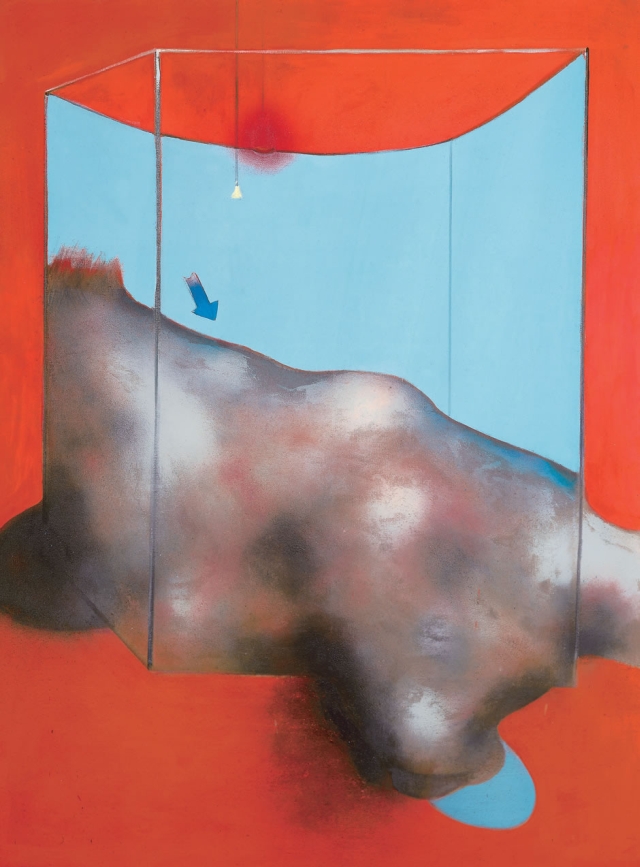Sophie Dardeau // What is it about Francis Bacon’s work that makes it so special to you, and that moves you emotionally? I’m thinking in particular of Tête 6 du Pape Innocent X (Head 6 of Pope Innocent X), painted from a painting by Velasquez?
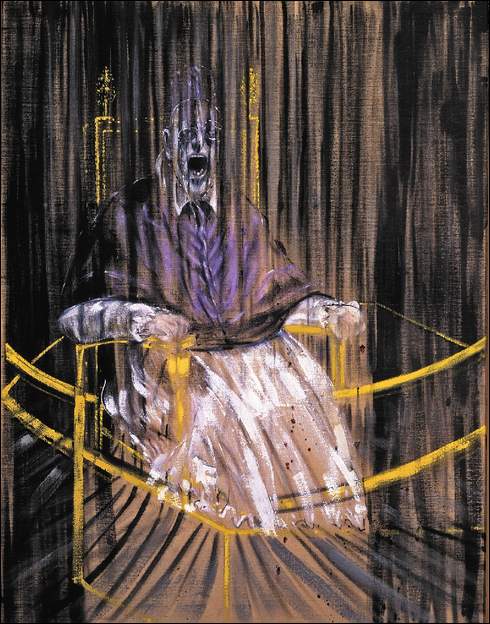
Charles David Wajnberg // It’s a deep artistic imprint. Bacon was obsessed by Velasquez’s painting, and I, at my level, am obsessed by this portrait of Bacon. I must have been 15 or 16 when I visited the Centre Pompidou’s retrospective of the painter; I came face to face – or nose to nose – with the Etude d’après le portrait du pape Innocent X (larger, over five feet high) and I haven’t looked back. Everything has been said about Bacon and these paintings: the cry of horror, Mussolini’s sneer, the lace petticoats of the Berlin transvestites… All this is trivial when you consider their considerable impact on the history of art and on those whom they fascinated; no criticism or commentary is sufficient to assess a work of such genius.
The constant in Bacon’s canvases of the 50s is the composition of a frame, a kind of arena both circular and square, and a vertical breath, passing beneath this arena and propelling the space into its vertical dimension. The figure inside is sucked upwards. I remember getting a very strong impression of vertigo and perspective, like looking up at a tower from its base on the forecourt. You could almost imagine the Pope in a “free ascent” elevator – it would give him something to scream about!
Although we must be wary of overly convenient arrangements, this sensation can be compared to that of the opening of Iannis Xenakis’s Metastasis: the impression that a movement of great violence is instantly frozen in vertigo and a certain excessiveness.
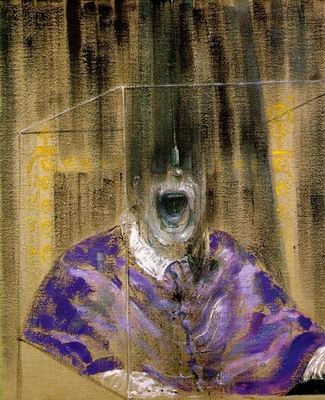
S.D. // What impact(s) did his paintings have on your composition, in terms of your research into texture?
C.D.W. // Here again, I can’t envisage a direct link between painting and music, and it takes even more complex constructions to raise the question of a subterranean path, which would come under the heading of analogy or hybridization. Painting, like other disciplines, first raises the question of the composer’s musical specificity. As a fully autonomous discipline, then, music asks the musician about the foundations of his art: why music, why not painting or the sciences? This question can be avoided by two trivialities: assigning to music issues that are foreign to it (philosophical, scientific or metaphysical), or reducing it to a craft, a trade with no stake in consciousness. To answer it, on the other hand, is to begin by recognizing the distance that separates music from other disciplines, both distance of assimilation and distance of singularization; the dual possibility of exchange and autonomy.
The question of texture, at least in my personal case, stems from an initially pictorial questioning, precisely linked to the works of Bacon, which took me a long time to formulate and then submit to writing and the musical phenomenon. Without subscribing to a specific conception of texture, say that of Schaeffer or Ligeti, we can conceive of texture as a rather intuitive notion: a mediation between the sensitive world and our knowledge of reality. Texture is the index of consistency, and therefore of the reality of the phenomena we perceive. If we consider an elementary computer-generated image of the kind that computers can produce, i.e. smooth, without noise or grain, we are immediately certain of artifice, and our senses deny any reality to the perceived object. Let’s take a look at a portrait by Bacon. Its flesh is not blood, but its pictorial reality, its treatment, the organization (the act of making organic) of the paint makes our senses penetrable to this virtuality. Texture is, for me, the possibility of making the artifact palpable, of nimbing it with flesh and giving it body, granting it a capacity to make an impression on our senses, and thus a possibility of action on the world.
When music reaches this point, it ceases to be subject to the logic of language, and reclaims the particular phenomena it implements. By reflecting on texture, the composer can envisage all the complexities of writing and make them sensitive, bringing the richness of abstraction to life in the plane of hearing.
S.D. // This question is also related to the previous one. Bacon likes to say that after Picasso, there were the Italian primitives and after Cézanne, there was Rembrandt (self-portraits at the end of his life); he also refers to a decisive painting for Bacon, Ingres’ Turkish Bath. Do you feel close to this line of force, which has been, for many painters, a constant preoccupation with working the surface? Also, do you work with sound matter (lines and spaces) in the same way as Degas, using pastels, or with the sometimes thicker, rougher and more complex matter found in the work of Vincent Van Gogh?
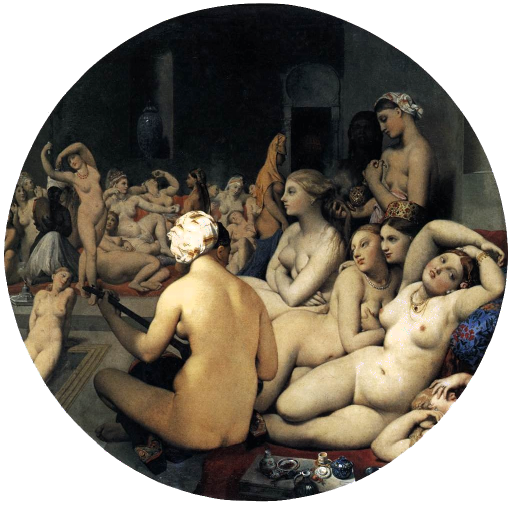
C.D.W. // What is there in The Turkish Bath, if not this quality of skin and flesh? There may be some prudish observer who will bring historical or symbolic considerations to the forefront of the commentary, but the material of the painting remains flesh – which Bacon would meat almost two centuries later. This, then, is the texture that makes artistic creation so compelling to our senses.
Bacon’s famous quote: “Painting like Velasquez, but with the texture of a hippopotamus’s skin” demonstrates his interest in surface, i.e. skin and, incidentally, what it covers, as well as the specific filiation he imagines between Velasquez, Ingres and Cézanne. What makes the deformity of a hippopotamus, its morphology so different from our own, admissible to our consciousness, if not the extraordinary complexity of its skin: folds, wrinkles, skin diseases, tumescences and excrescences, alternating zones of moisture and dryness – shiny and matte, clean and dirty. Not that such a relief is imperfect, but that it is, on the contrary, perfectly real.
As a musician, my aim is to use texture to make the structures inherent in musical logic tangible, without showing them off so bluntly that their impact is clearly reduced. Without being a painting scholar, one might think that the use of glaze, dear to the Surrealists, which masks the brushstroke, builds a skin on the canvas and makes its content more “impressive”. In this way, Dali’s delirious objects take on a form compatible with our ordinary reality, and invade us all the more easily. If the painter can mask his gesture under a texture, an artificial skin, he can also construct one directly from the reality of his tools (brushes, knives, brushes, etc.), and highlight not the immateriality of painting, but the material that embodies it: paint, medium, pigments, etc.
This is where the distance becomes unthinkable for me as a musician, and my knowledge of painting too limited to allow for a proper reflection. Indeed, this work on pictorial matter should not be compared with that, for example, on instrumental timbre. We would be mistaken to think that Bach’s works written for indeterminate formations, insofar as they transcend instrumental specificities, are the result of more advanced textural work than certain twentieth-century works which are based precisely on the properties of determinate instruments.
S.D. // Is it possible to draw a parallel between the work of the painter Bacon, notably on the distortion of bodies in movement, and your compositional research into the transformation of textures and their evolution over time?
C.D.W. // That’s an even more difficult question, insofar as the respective dynamics of image and sound are extremely different, not to say incommensurable. To answer it, we’d have to cross the double frontier of formalism and phenomena in each of these two disciplines.
Nevertheless, I would like to argue that, in Bacon’s painting as in certain musical considerations, the evolution of texture through space or time is not intended to set texture in motion – for Bacon is above all a painter of the figure, as he himself has said – but rather to extend the operational field of texture to larger scales. In this way, the canvas or score becomes a form, i.e. a macro-texture, and thus a sensitive object.
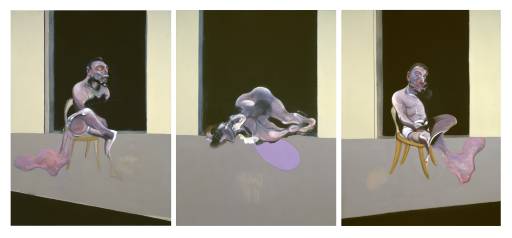
S.D. // Triptychs figure prominently in Francis Bacon’s work, but also in that of Picasso, one of his undisputed masters. Francis Bacon would say that, for him, it was a question of “expressing a subject, which is always the same and cannot be changed, but finding new forms each time”. Could we transpose these pictorial forms to music, and, by “analogy”, bring them roughly into line with the so-called “theme and its variations”?
C.D.W. // I’m very fond of Bacon’s formula, which seems to me to be central to contemporary artistic thought – or at least to my idea of it. In a triptych, there’s the idea that the artist can propose three different formulations of the same subject, so that there’s an extra dimension of perspective and the possibility for the form to expand beyond its usual framework. In the case of painting, the form of the work extends beyond the geometric limits of the canvas, in the case of music, beyond those of duration.
The triptych is also the out-of-time articulation of three “superimposed” states, offered indistinctly to the consciousness, with no causal link between each. Although they can be likened to a classic “theme & variations” form, they are distinguished by their lack of hierarchy. In variations, each iteration is derived from a single theme, often placed at the beginning of the work and linking all the variations together. In a form based on independent planes (such as a triptych), there is no common root in the work itself. The relationships between the planes are more complex, notably combinatorial. There’s something of the same opposition Deleuze makes between a tree, whose branches all have a common root, and a rhizome, whose offshoots are capable of sprouting at any point in the structure, while retaining, in our musical case, intrinsic properties that make for the unity of the work.
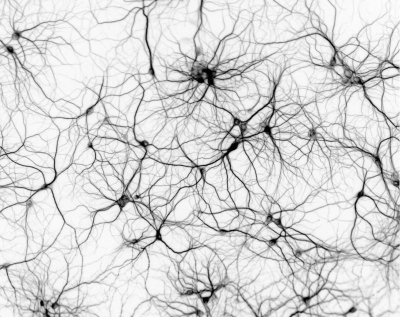
S.D. // Taking this idea a step further, wouldn’t you say that the presence of timbral variations in your work – and here I’m referring to Prima and your trio I keep light for flute, mezzo voice and piano – is akin to a methodical, structured approach to constructing a musical discourse that is only completed once the artistic and compositional material has been exhausted within a given framework – with the difference that the form of the painting is a limit imposed on the painter, a constraint that the composer does not have? In other words, do you envisage timbre transformations starting from a sound (or a chord) that will then serve as a support for all timeline variations?
C.D.W. // In these two compositions, as in others, there is indeed a desire to work in planes. The question then arises of how to define, musically, what a plan is. We’ve talked about texture, and here you’re talking about exhaustion, which is an interesting definition: a musical plan as the combinatorial exhaustion of a musical texture. Each shot is maintained in a state of internal variation; this is likely to effectively break the timeline and disqualify a narrative perception of the form.
I therefore never envisage transformation or process, which I regard as a facility (although the latter notion has contributed enormously to the intellectual autonomy of music in the twentieth century). One composes with the essence of a work, what it is, through its internal movements. It’s not a matter of thinking of form as an atomic unit, but as an organized multiplicity that changes within itself, by itself, and nothing external to it can guide my compositional choices. So it’s just as unthinkable for me to link composition to a predefined narrative framework, as to improvisation that doesn’t seek an identity for the work. This leaves me with the most testing, but necessary, solution: to hear and understand the entire work over and over again, without fragmenting or developing it, until it reaches its conclusion in a single movement.
S.D. // In his imagination, Francis Bacon would suddenly visualize shapes that he would then reproduce on canvas; likewise composer P. Dusapin (a pupil of Xenakis), who, when listening to music, mentally organizes shapes in space before putting them down on paper. Do you share this same experience, or do you prefer to hear specific timbral colors and sound frequencies that are then organized on paper?
C.D.W. // We can assume that the mind is more capable of thinking about visual forms than any other sensation. When the discipline lends itself to it – architecture, painting – it is legitimate to conceive the form of one’s work through visual predicates. In the case of music, this relationship is, as we’ve said, more complex. Although vision surely goes beyond the mere geometry and colorimetry of forms, sound is of such a singularly different nature from image that I cannot bring myself to enslave it to spatial concepts alone. A score is precisely a spatial representation, but it is also a symbolic representation of a phenomenon that cannot be reduced to spatial components.
In my work, I almost systematically reject what does not relate to musical fact: sketches, drawings or formal plans, because they do not, in my opinion, allow us to save the phenomenon, that is to say ‘accept in order to be able to bend it to his imagination. To favor geometry, as Bergson said, is to deny the nature of time as change, and incidentally the phenomenon, in particular the one that interests us: sound. Vision is a certain immaterial distance from things, the impossibility of physical contact, it is the posture of the passive observer. Sound, on the contrary, is a more penetrating phenomenon, more invasive too, sometimes even aggressive.
I understand that Xenakis, through his training, or Dusapin, through his heritage, were interested in the notion of form in his spatial conception, namely geometric form. However, this same geometry does not admit of texture, and it is the instrumental phenomenon which must then be reintegrated to give substance to this geometry. This seems to me characteristic of these two composers. As far as I’m concerned, and I don’t measure myself against them, geometry doesn’t interest me because it de facto excludes the body, which must then be reintegrated in a more traditional way. So I want to do the opposite: not think about space, but think about sound.
When I say thinking about sound, I am not talking about a metaphorical approach, or one inspired by physical analysis, as the composers of the spectral generation were able to develop, but about a purely musical approach to sound: how Can the score, a formal tool, help us explore the phenomenon that our understanding perceives?
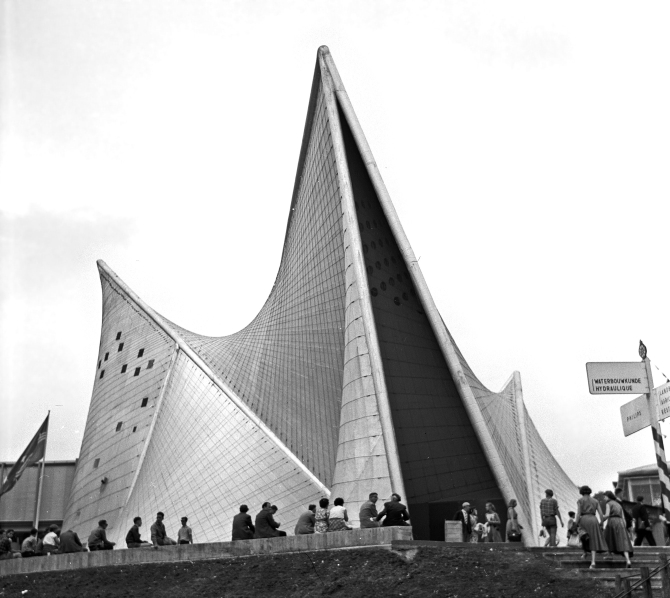
S.D. // In your composition, do you understand the different timbral transformations as a form of “mobility” of the “Figure” in a given formal structure as found in Bacon’s work? Is it linked to the notion of rhythm in your work or is it a “movement” linked to the evolution of timbre and the “Figure” developed previously?
C.D.W. // I don’t know what to say about transformation, other than that it is neither movement nor mobility. For both linguistic and cultural reasons, our civilization has always had difficulty thinking about time without movement, because the latter is perceptible, whereas transformation is not, the results of which alone make us conceive of “the existence “. Timbres and textures are among these results, quasi-states that our mind develops to understand, to identify what is and what passes, to distinguish what is transformed from what persists.
To be able to answer your question, it would also be necessary to say what a figure is in music; it is, I believe, even more difficult than in painting. Is this the modern version of the good old theme, that is to say an object that is recognizable despite the various transformations that it undergoes? In my music, there is no real transformation of texture outside of itself. It has no context, no “outside”. Consequently, it is not the subject of macroscopic transformations, it is itself a witness to its own transformation, internal deformation, introspection. There is therefore no movement of this texture as an object, there is movement of the object, indecision of its essence, including ultimately no object itself. I would like to compose objectless transformations.
S.D. // Does your music appeal more to memory or immediacy? Can we envisage it being built over time?
C.D.W. // Both answers are equivalent; it is possible that music appeals to both memory and immediacy, but yet to neither of these two categories. The musical sensation is unique because we very poorly situate it in duration. Sometimes it takes us the same tiny amount of time to identify a timbre, an entire work or a composer and his entire repertoire!
We should be able to agree on what memory is, at least that of music if that makes sense, and what immediacy is in music. In classical music and beyond, the units of time are clear: the note, the melody, the movement, etc. The 20th and now the 21st century are having difficulty disentangling themselves from these archetypes and, in order to think about musical sensation, we must agree to rethink the composition of music. We must question the note as much as the sound, the writing as much as the instrument. It is therefore not with time that music is constructed but with a relationship to time, with a conception of time. I emphasize this last point a lot because I believe it to be crucial; too many works are content with an ordinary conception of time, very often extra-musical. It is, on the contrary, up to composers to construct a thought of time that is their own; it is at this price that we can integrate or exclude the concepts of memory and immediacy, which do not necessarily relate to music.
S.D. // Is it a concern for you – and one that painters share – to work on and with forms (visible and invisible)?
C.D.W. // Yes, and first of all to question the notion of form. I tend to think of form as the limit point where time collapses into space, where there is no longer any memory or immediacy, there is form. This is perhaps ultimately the only object of the composition, as long as we find the word form in a strictly musical sense.
